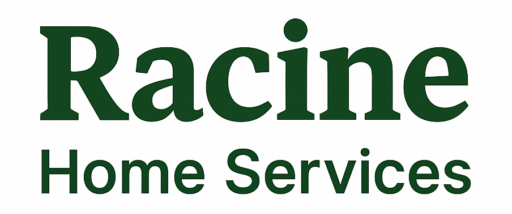How to Protect Your Home from Water Damage: Tips for Wisconsin Homeowners
Water damage can creep up unexpectedly and cause serious problems for your home. Whether it’s a burst pipe or heavy rain, knowing how to prevent water damage and handle insurance claims effectively is essential. In this guide, we’ll cover key steps to protect your home and navigate the aftermath if damage occurs.
Understanding Water Damage Coverage: What’s Protected?
Homeowners Insurance
- What it covers:
- Most homeowners insurance policies cover sudden and accidental water damage, such as a burst pipe or roof leak. However, they typically exclude flooding caused by external sources.
Flood Insurance
- What you need to know:
- To protect your home from flood-related damage, you’ll need a separate flood insurance policy through the National Flood Insurance Program (NFIP). This covers damage from events like river overflows or heavy rain.
- Pro Tip:
- Speak with your insurance agent to fully understand the specifics of your policy and whether you need additional flood coverage.
Preventative Measures to Avoid Water Damage
1. Maintain Your Roof
- Regular roof inspections can spot small issues—like missing shingles or minor leaks—before they lead to costly water damage. Repairing these early can save you a headache.
Learn more about roof maintenance.
2. Keep Gutters and Downspouts Clean
- Clogged gutters can cause water to overflow, potentially damaging your home’s foundation and walls. Make sure gutters and downspouts are clear of debris to ensure proper drainage.
3. Install a Sump Pump
- A sump pump is essential for keeping your basement dry during heavy rainfall. Regularly test the pump to ensure it’s working and consider installing a backup power source in case of power outages.
4. Seal Windows and Doors
- Gaps around windows and doors can allow water to seep in during storms. Check these areas regularly and apply caulk or weatherstripping as needed to keep moisture out.
What to Do When Water Damage Happens
1. Stop the Water Source
- If the water damage stems from a burst pipe or another internal issue, shut off the main water supply immediately to prevent further damage.
2. Document the Damage
- Take photos and videos of the affected areas as soon as possible. This documentation will be critical for your insurance claim.
3. Remove Excess Water
- Use mops, towels, or a wet/dry vacuum to remove as much standing water as possible. Be cautious—avoid using electrical appliances in wet areas to prevent shocks.
4. Dry Out the Affected Areas Quickly
- Mold can begin to grow within 24-48 hours, so it’s important to act fast. Set up fans and dehumidifiers to dry out the damaged areas.
- Pro Tip:
- Save receipts for temporary repairs and water removal services—these may be reimbursable under your insurance policy.
Navigating the Insurance Claim Process
1. Contact Your Insurance Agent Immediately
- Reporting water damage as soon as possible helps ensure your claim is processed quickly. Your insurance agent will guide you through the next steps and may schedule an adjuster inspection.
2. Review Your Policy
- Understand what your policy covers, including any deductibles. If you have flood insurance, be sure to review those terms as well.
3. Get Professional Repair Estimates
- Before making permanent repairs, contact us at Racine Home Services. We’ll connect you with licensed contractors and provide detailed repair estimates to ensure you receive a fair settlement from your insurance provider.
Final Tips for Wisconsin Homeowners
1. Regular Maintenance Pays Off
- Keep up with routine inspections and maintenance for your plumbing, roof, gutters, and exterior to prevent water-related issues before they start.
2. Prepare for Emergencies
- Create an emergency plan for your household. Make sure everyone knows how to shut off the water supply quickly in case of an emergency.
3. Stay Informed and Ready
- Keep an eye on weather alerts and understand the flood risks in your area. Being proactive can prevent a disaster before it happens.
Need Help with Water Damage Prevention or Repairs?
Contact us today to learn more about how we can help protect your home and guide you through the insurance claim process with ease.
